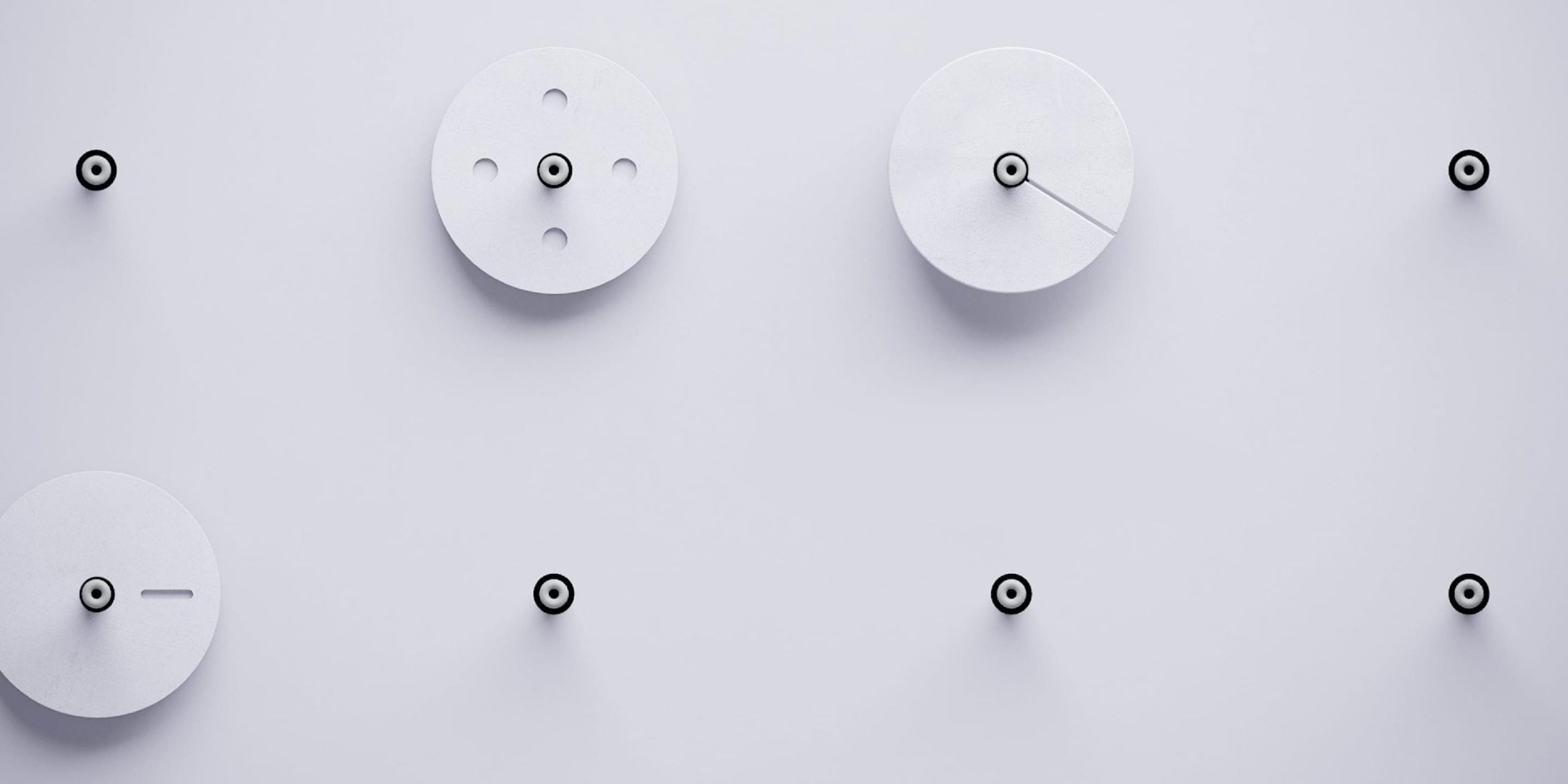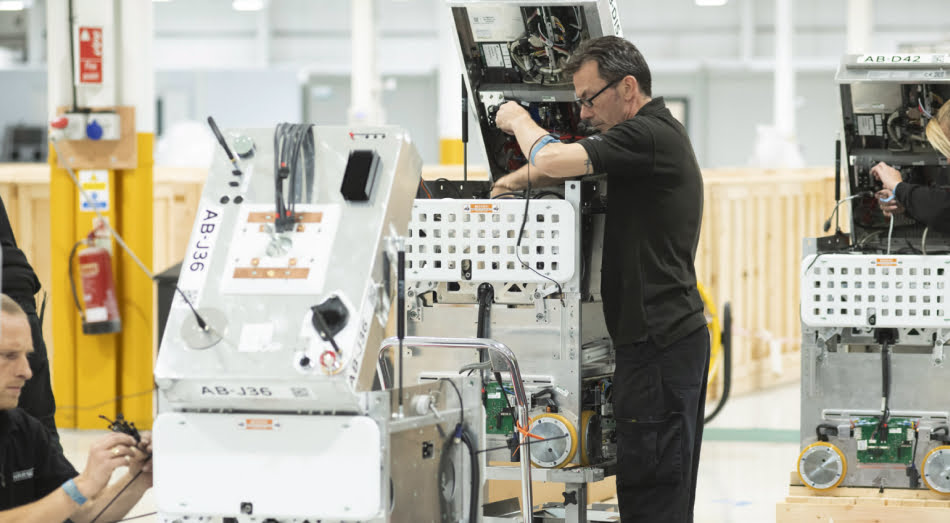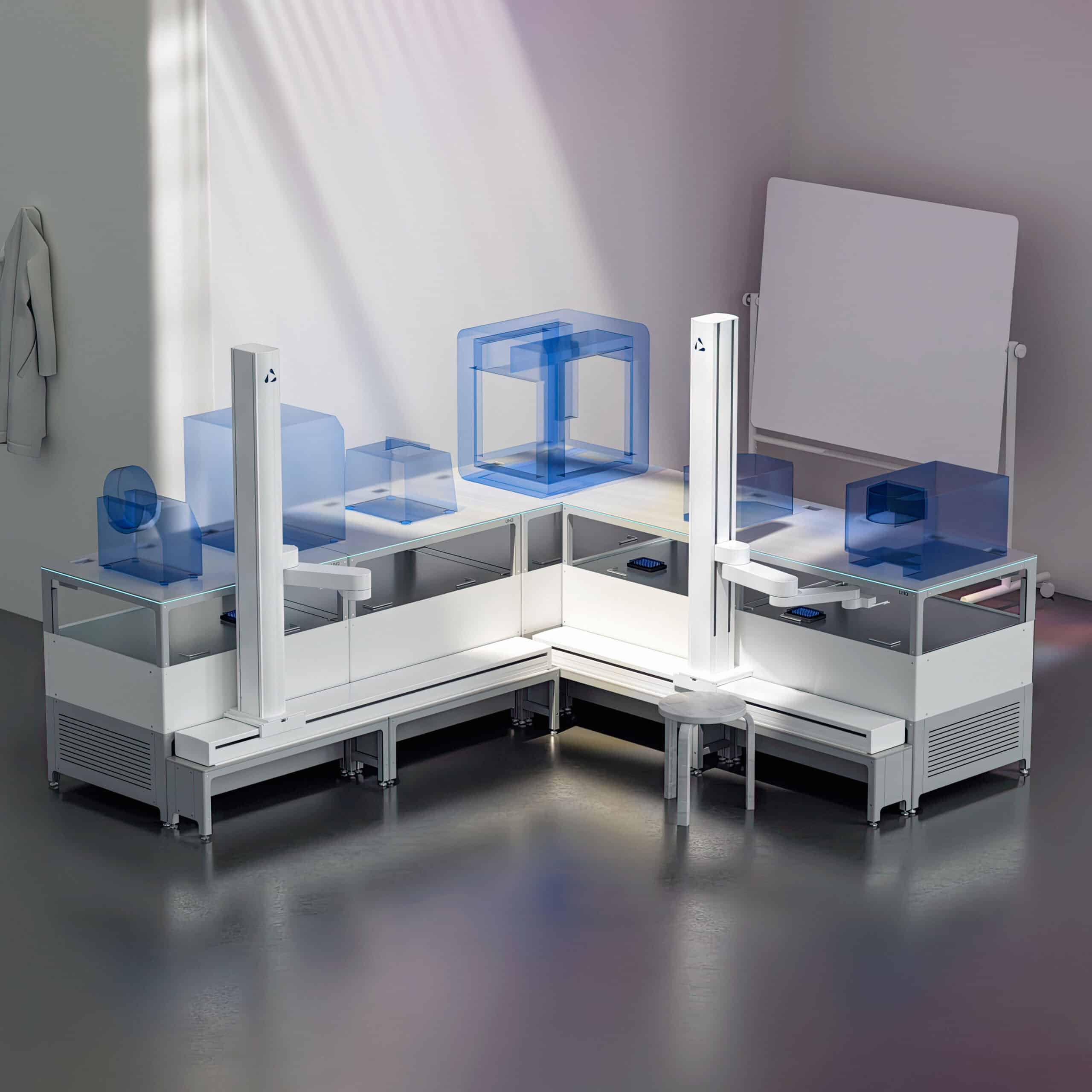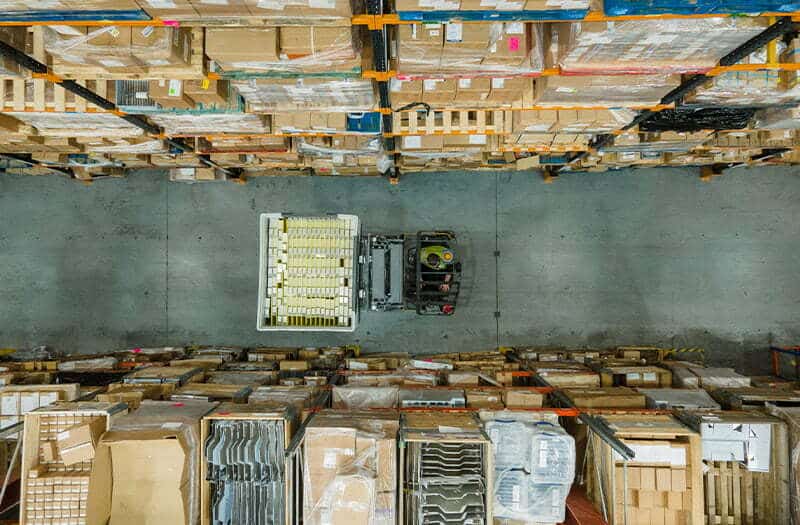
Making a commercially successful product
Reducing risks during new product introduction
Tharsus CTO Dave Swan urges people to learn from the mistakes of others
Robotics is a new and immature sector so creating commercially successful products is a challenge.
There isn’t a book on ‘how to do it’ – and we’re all still learning. So this talk is about the mutual sharing of battle scars. We don’t have all of the answers on how to create commercially successful products without risks, or even the ‘best way’ to minimise them.
However, we have built up some approaches and processes that we’ve developed based on our experiences that help us to at least reduce the risks.
By sharing these, we hope others will be able to avoid some of the various pitfalls we’ve encountered or observed over the years.
Part one: Pitfalls we’ve experienced so far
We’ve loosely grouped the ‘pitfalls’ into four areas:
The idea/market
- We have the solution… does anyone have a problem we can solve?
- The commercials just don’t add up.
- “Upcoming” legislation is the driving force behind the product.
The technology
- Data sources support the need for a product – but can you get access to these sources?
- Technology for technology’s sake.
- The technology just doesn’t work and isn’t ready.
The process
- Rushing it – getting into the detailed design and making prototypes before proving the underlying risks have been eliminated.
- Keeping your options open too long – even beyond the point of production.
- Locking everything down – not passing the stage gate until you know everything is right.
The approach
- Too many wants that the true needs are forgotten and missed.
- The specification is constrained too soon.
- You become bewitched by the opportunity and attempt to change who you are and how you do it to match the client/customer.
Part two: Approaches we’ve discovered that work to minimise risk:
The product
- The idea solves a real problem that customers need a solution for NOW.
- The technology that is required to achieve the solution is ready for commercial use and can be accessed.
- There is a commercial model that can deliver the initial cash flow to support the development and early production volumes, combined with a market price that generates sufficient margin to recoup this.
- Ask yourself: will this project make REAL money? Not a vanity project or just a government grant funding.
The process
- Keep the robot “feature-lite” – the more unnecessary features you try and cram in the higher the risk, so keep it tight.
- Focus on the core needs that the robot serves, don’t avoid the true needs for wants or bells and whistles. There will be a version 2 and more to add further detail later, so don’t panic about missing out some sub-detail. You should always ask yourself – how many more of the 1st generation robots will we sell if we add this feature?
Once you have the true core needs of the robot, the next essential step is to work out what the core risks are. Place yourself into the future and imagine trying to explain to friends what went wrong that ultimately resulted in the project failing. What is it that you’d wished you’d sorted out and knew before you started? Once you have these core risks identified you need to work quickly to find potential solutions to them. Once you have some potential options that might work, quickly test them in a bench mockup to give yourself some confidence that one of the solutions is going to work.
Here are a few robotics-focused examples.
Your risks might be in the mechanical linkage at the core of the robot.
Quickly mock up representative elements in a rough frame and test them. The risk could be around your ability to access and then integrate the required technology.
Get some development kits or reach out to license holders and get a rough system together to prove that you can do it. Always think about this question: Am I approaching the first full prototype with a doubt as to whether it will work – and my fingers crossed?
If the answer to this question is yes, then you haven’t fully explored and managed all of the risks, and you’re relying on blind luck. I’m not sure if you’re aware but at this stage it’s going one of two ways and it’s usually down!
The people and pace
We’re strong believers at Tharsus that people are good at what they’re good at. Different people are good at different things and more broadly, everyone is good at something.
This strength might not just be in the skills people have, but more importantly in the way they think, their values and the way they do things.
Projects have different phases with each phase requiring a different energy level and approach.
Flexible approaches and rigid processes need to live together in a project and take precedence at the appropriate times. With that said – one should always be acknowledged by the other as being dominant at any point in time.
Therefore, the right people need to be involved at the right time when their approach and skills are a match to the current phase of the project.
Confidence
Be confident with the parts of the product that you’re good at and can ultimately be the best at. Make this yours and focus on it!
Accept that this means that there are other parts of the product where you aren’t as great. This is not a sign of weakness, consider it a consequence of your strength!
Setting out to make the same mistakes that others have already learnt from is a waste of precious time and energy – so avoid doing this at all costs.
Accept that other people might be the best at what they do and reach out to them for help.


